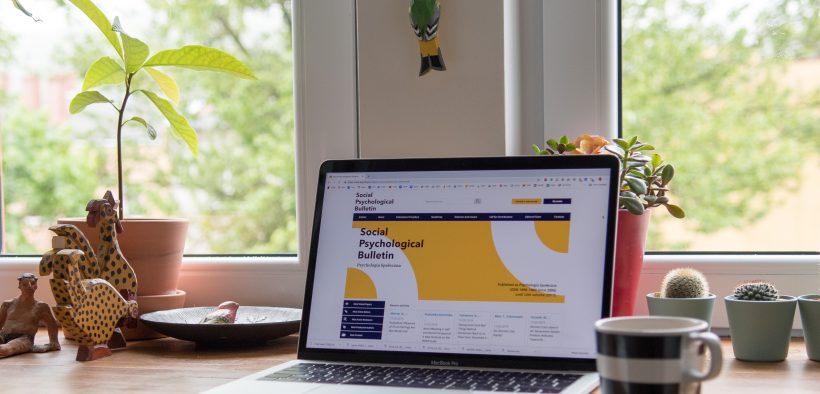Share

Let’s start by addressing the obvious. By nature, pop-up marketing efforts tend to lean towards the invasiveness side of the spectrum. They’re ultimately designed to disrupt the user’s experience onsite, but in a way that grabs their attention toward a call to action.
Based on the early ‘first gen’ pop-ups that used to plague the internet over ten years ago, pop-ups have historically had a bad rap. And to be clear, those are still annoying. But on-site pop ups on brand websites have evolved to be one of the most effective ways to capture customer data – for example marketing email address opt-ins – so you can grow your owned audiences.
Growing your owned, addressable database is hugely important because it unlocks a cost-efficient way to re-engage your buyers, continue to nurture them over time, and convert them into loyalists. Pop-ups are therefore very necessary – and not as evil as many may think!
Pop-up marketing and the value add
When used appropriately, they have a lot to offer brands and consumers alike. There are various ways of capturing data once a visitor comes to your site, so let’s run through five of the main approaches, from most to least intrusive:
- On entrance
Quite simply, when a consumer visits a brand’s website (generally speaking) with an introductory offer – 10 percent off an initial purchase, for example – in exchange for their email address or mobile phone number. This is the most commonly recognised pop-up and can be a great data capture strategy. - On exit
Shown to a website visitor once it appears a user’s intent is to veer away from the website, for example, going to click address bar on a laptop or rapidly scrolling on a phone. The user will see an offer or discount, similar to those presented on entrance. Because a user is already engaged with the website, but shows signs of wavering, this can be a powerful way of reengaging with your audience in the same session. - Timed
Timed pop-ups are the “chaotic good” of pop-up intrusiveness as they’re typically deployed when a user has been on your site for a particular length of time, to offer discounts or promotions and incentivise the user switching from consideration to immediate purchase. This consumer is more likely to have genuine interest in your product, and therefore, it’s highly likely they’ll be similarly engaged on a discount on an imminent purchase. - Native deployments
Leaving aside conventional pop-ups for a moment, native deployment is about capturing user data in a slightly less intrusive manner, within standard on-page elements or modules. For example, this could include an email newsletter subscribe form that sits in a global footer. - Persistent deployments
It may seem counterintuitive, but persistent deployments are one of the most subtle options. They sit in the corner of a website — usually in the form of a non-intrusive button — and follow the user through their website journey, ready and waiting to be clicked on when the customer is ready.
Although they operate at different stages of the user journey, all are designed first and foremost as value exchanges. After all, if they didn’t work, brands would simply stop using them. Consumers provide valuable contact information, such as an email address or mobile number, and brands offer discounts or special offers in return. But where is the line between invasive and effective?
Regardless of the point in the consumer journey, or intent you’re trying to capture, when deploying pop-ups on your site, there are a few key things to remember:
- Offer value. If you’re not offering a tempting reason for a consumer to exchange their details, your pop-up simply won’t perform well.
- Be clear and concise. Make your message accurate and tempting.
- Inject your brand personality. Don’t be afraid to showcase your brand’s personality.
- Don’t overwhelm. Use them sparingly with clear intention.
At the end of the day, consumers love to hate pop-ups.
It’s important to realise even the most carefully crafted pop-up won’t work every time. While it’s certainly valuable to let a campaign run so performance can be observed over time, it’s also worth trialling new concepts, copy and images, as well as different offers, to figure out the ideal formula.
Once you’ve done enough to get someone to offer you their data, the next — and much bigger — job is understanding what they like, what they don’t, when they tend to buy, what messaging resonates, and how they like to be interacted with. Having the right technology partners is crucial to getting this bit right.
Jamie Hoey is the Australian general manager at Wunderkind.









